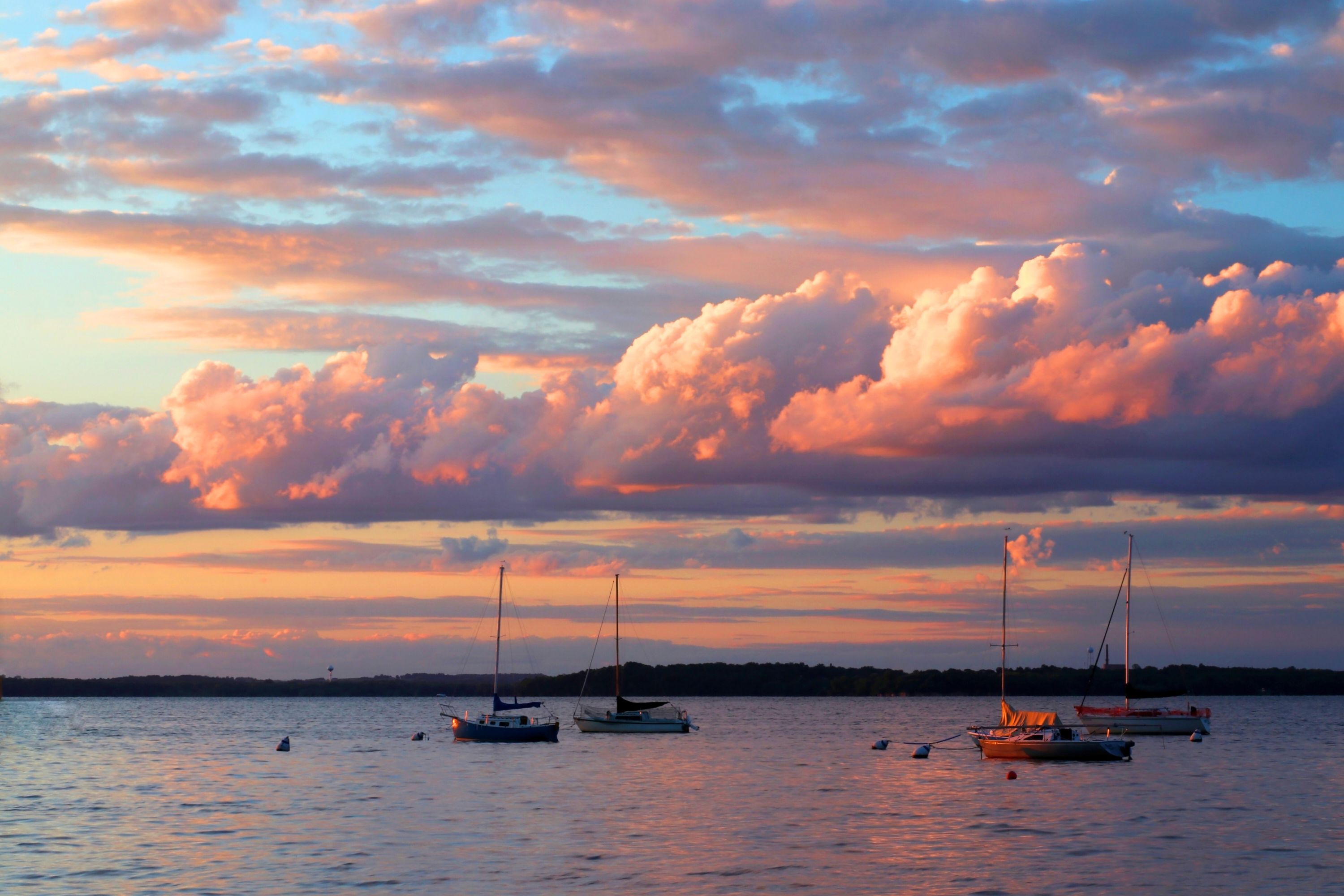Nearly A Dozen Ancient Canoes Were Found At The Bottom Of A Wisconsin Lake, Suggesting The Area Once Contained A Lost Village

Deep down in Lake Mendota of Wisconsin, nearly a dozen ancient canoes were found, leading archaeologists to believe that the area once contained a lost village.
The first canoe was discovered in 2021, and the second surfaced the following year. Archaeologists kept searching for more and ended up uncovering a total of 11 canoes.
“What we thought at first was an isolated discovery in Lake Mendota has evolved into a significant archaeological site with much to tell us about the people who lived and thrived in this area over thousands of years and also provides new evidence for major environmental shifts over time,” Amy Rosebrough, an archaeologist with the Wisconsin Historical Society, said.
The Wisconsin Historical Society is working alongside the Native Nations to research and record these artifacts.
The earliest canoe dates back approximately 4,500 years ago, making it the oldest find of its kind in the Great Lakes region, according to the Historical Society. This canoe is from the Late Archaic period, along with three others.
Two others date back to the Middle Woodland period, while four originated during the Late Woodland period. The most recent canoe is from at least 800 years ago. Most of the vessels were found along 800 feet of shoreline, which is now completely submerged underwater.
The first canoe was around 15 feet long. There were some artifacts on board, including fishing nets dating back from 1,200 to 800 years ago.
The second canoe was slightly shorter in length, measuring 14 and a half feet. It dates back to 1000 B.C. and was located just 100 yards away from the first one.
The other nine canoes are still being examined. So far, archaeologists have discovered that the canoes were built out of different types of wood.
Maryna – stock.adobe.com – illustrative purposes only
Sign up for Chip Chick’s newsletter and get stories like this delivered to your inbox.
The oldest canoe is made of elm, while the later ones are cottonwood, white oak, and ash. Red oak was used to construct the most recent canoe.
Archaeologists think that the ancient canoes were put underwater to prevent them from becoming warped during the winter months.
“We are excited to learn all we can from the site using the technology and tools available to us, and to continue to share the enduring stories and ingenuity of our ancestors,” Bill Quackenbush, the tribal historic preservation officer for the Ho-Chunk Nation, said.
Welcome to Billionaire Club Co LLC, your gateway to a brand-new social media experience! Sign up today and dive into over 10,000 fresh daily articles and videos curated just for your enjoyment. Enjoy the ad free experience, unlimited content interactions, and get that coveted blue check verification—all for just $1 a month!
Account Frozen
Your account is frozen. You can still view content but cannot interact with it.
Please go to your settings to update your account status.
Open Profile Settings